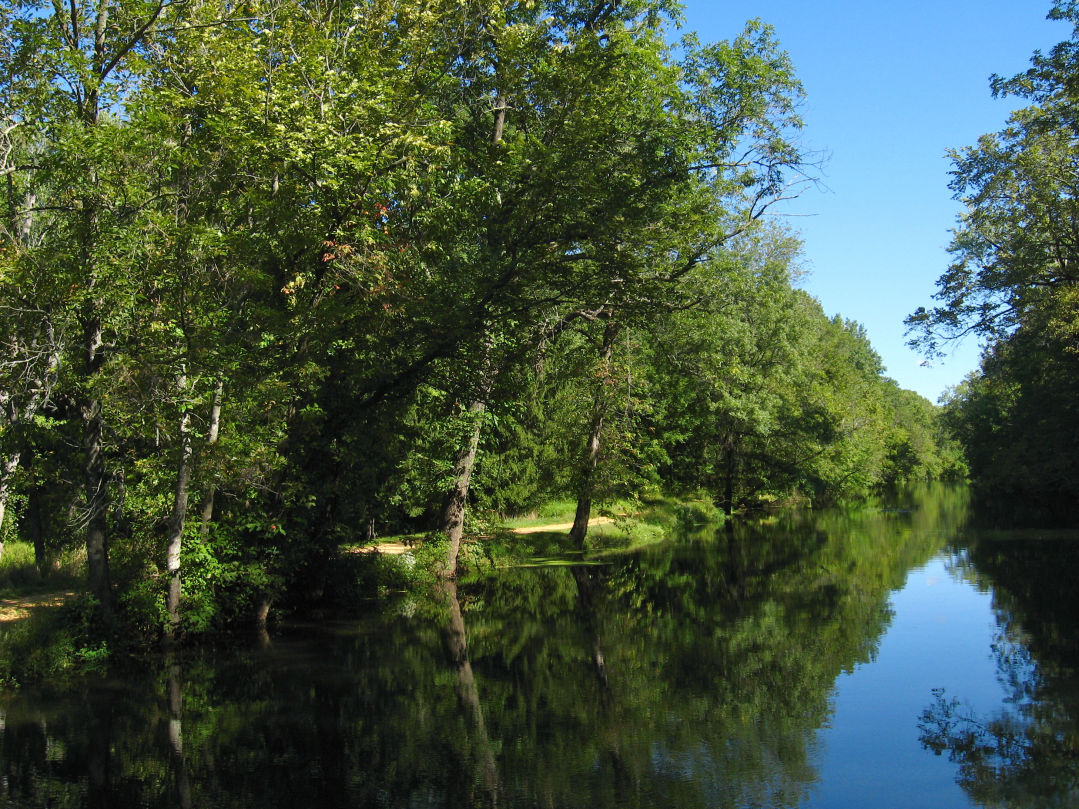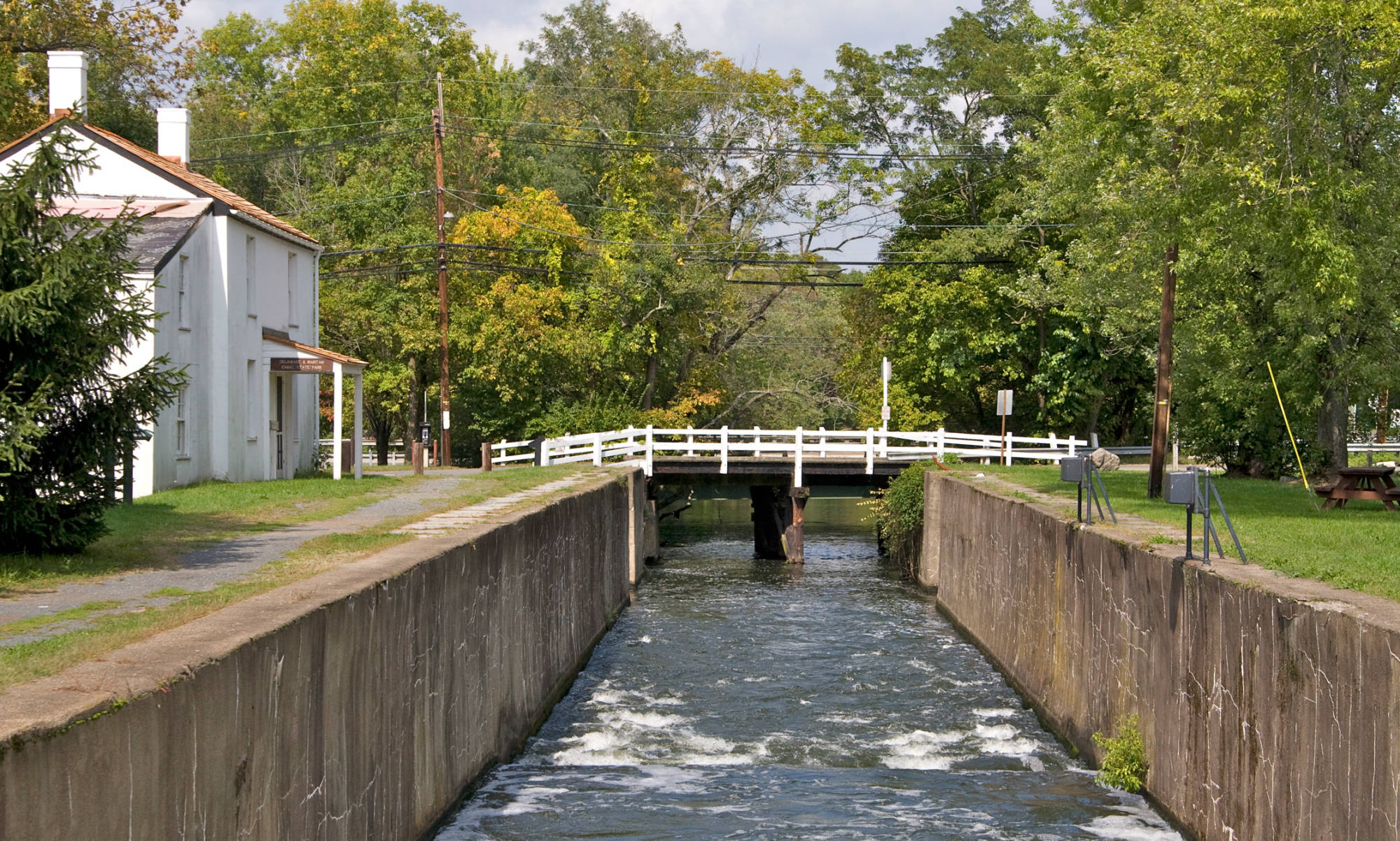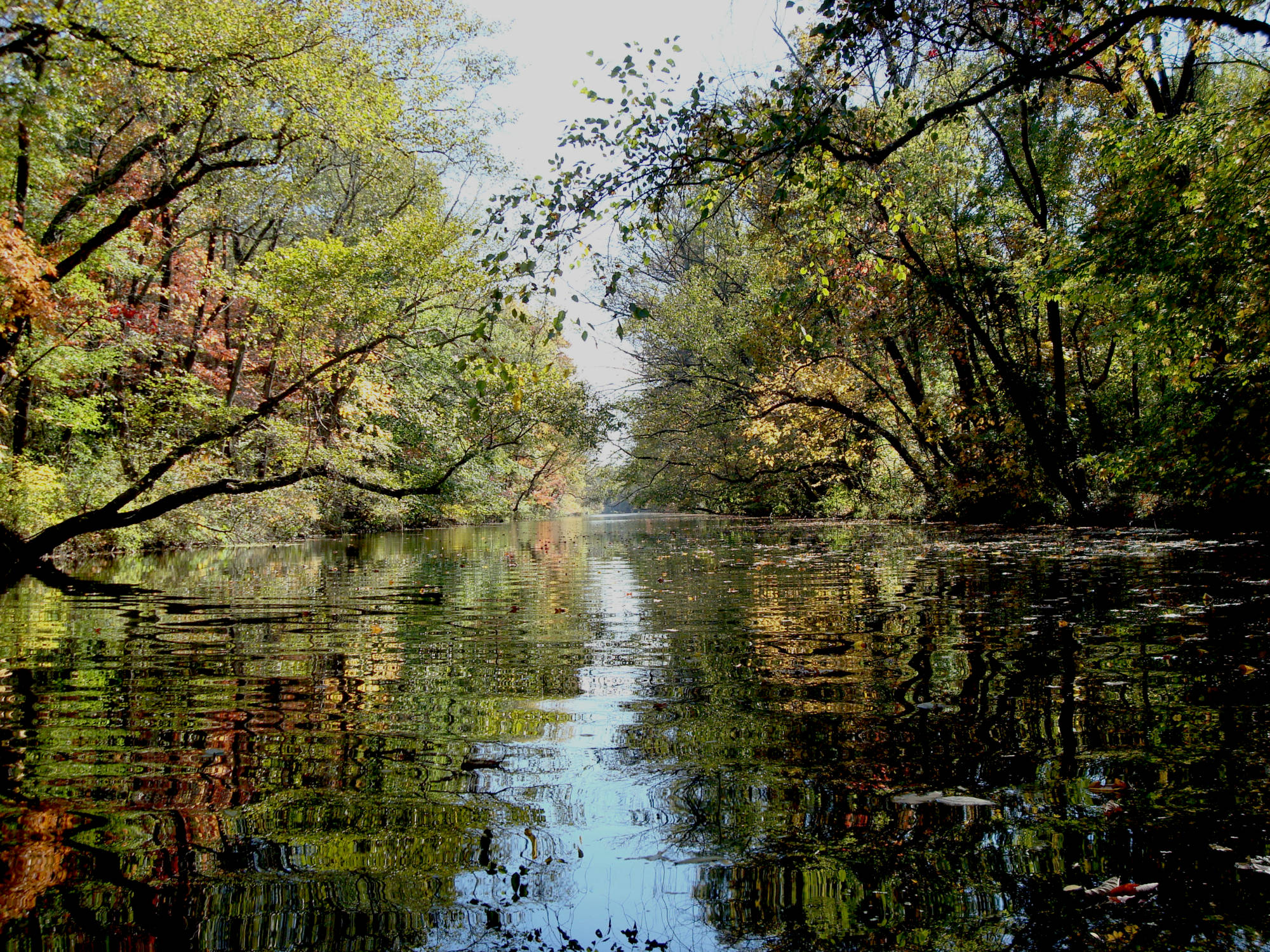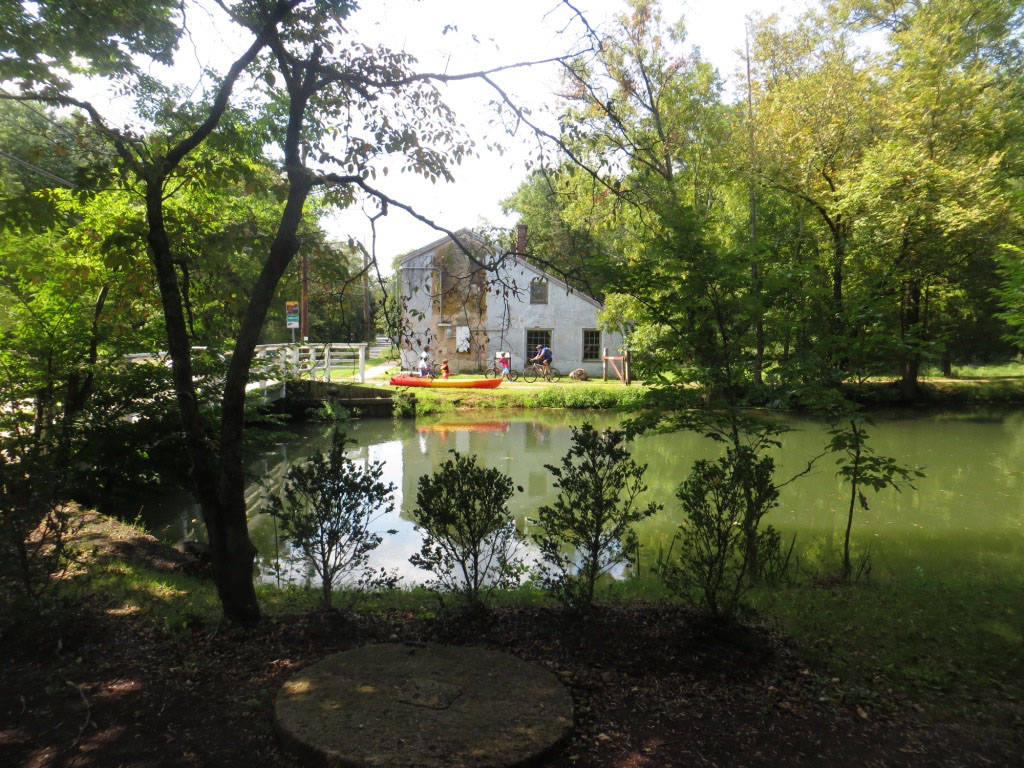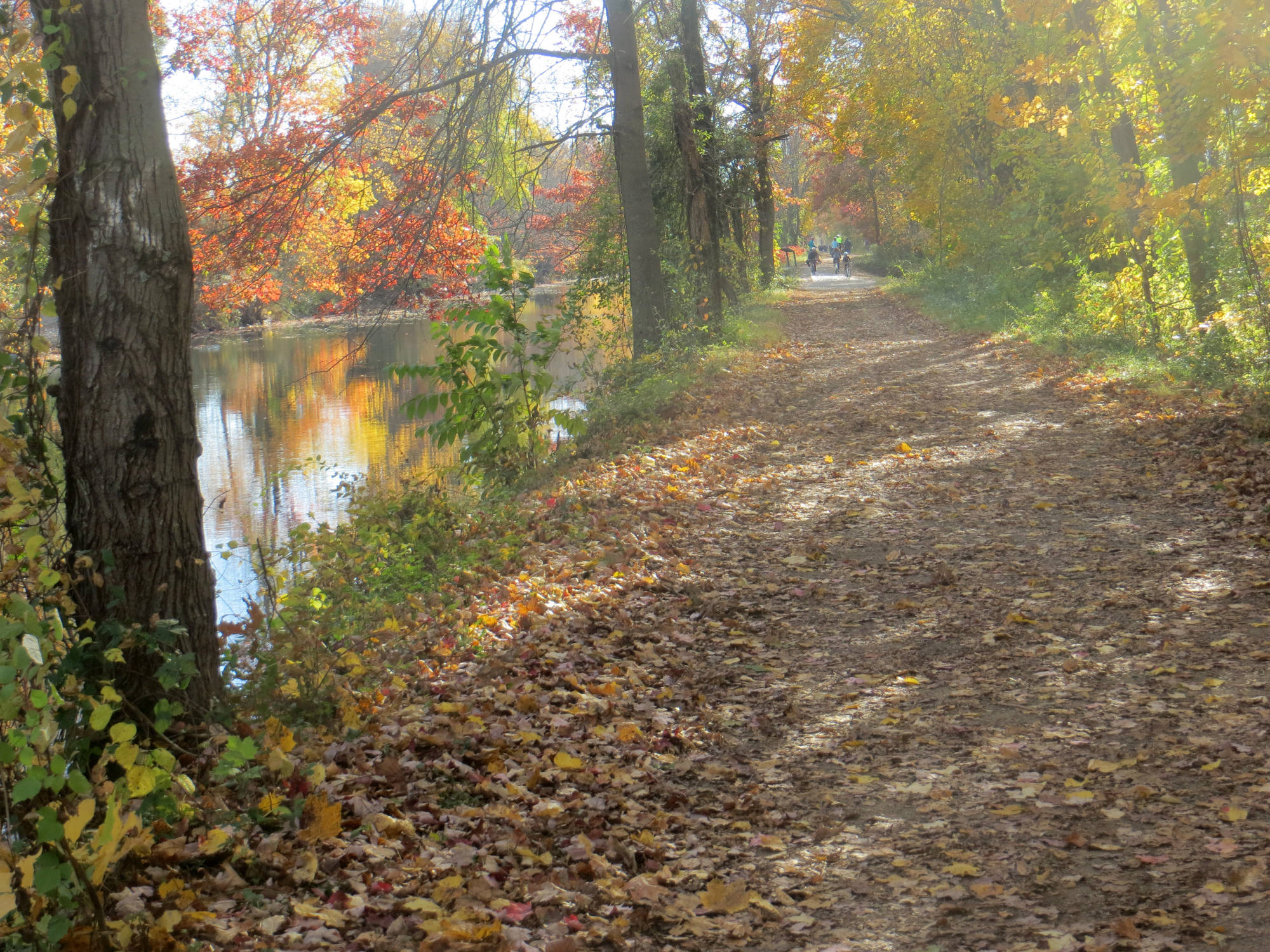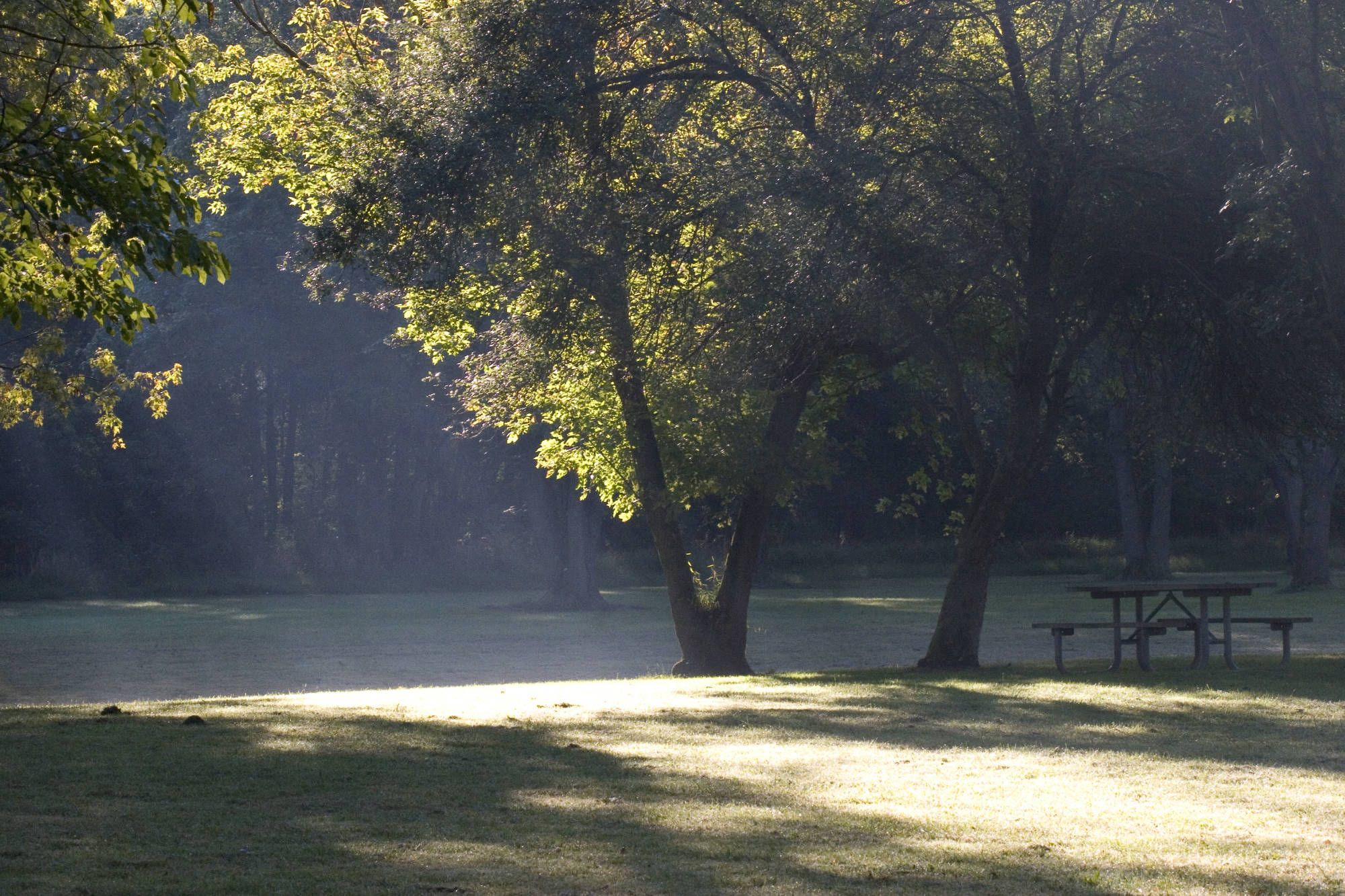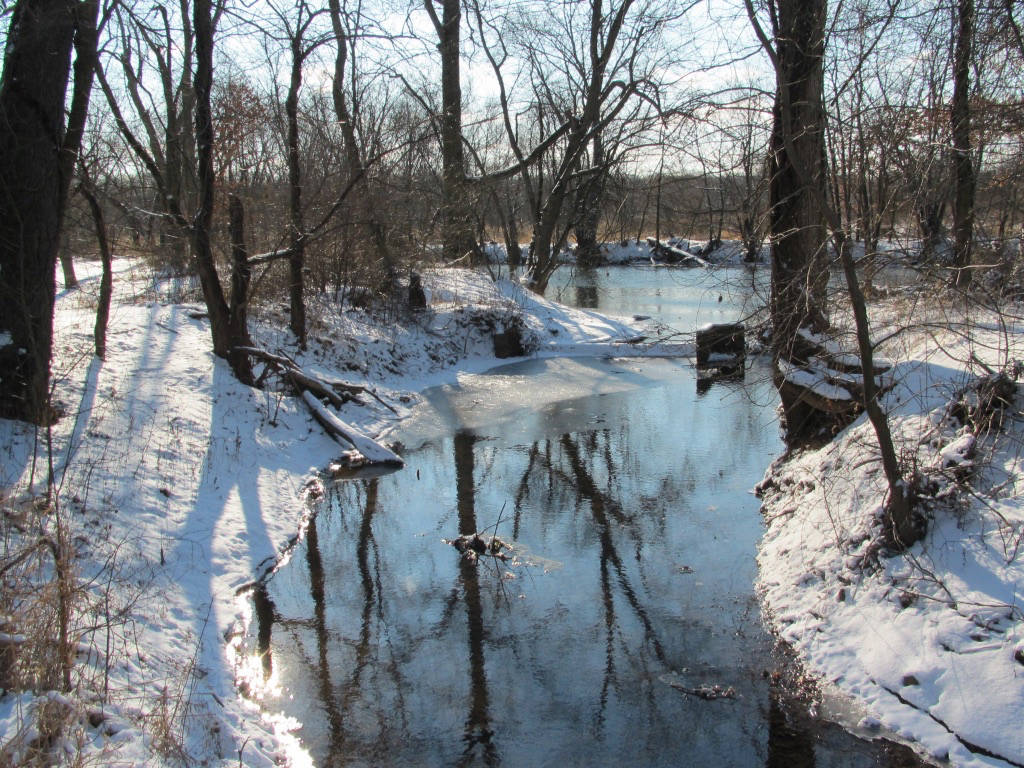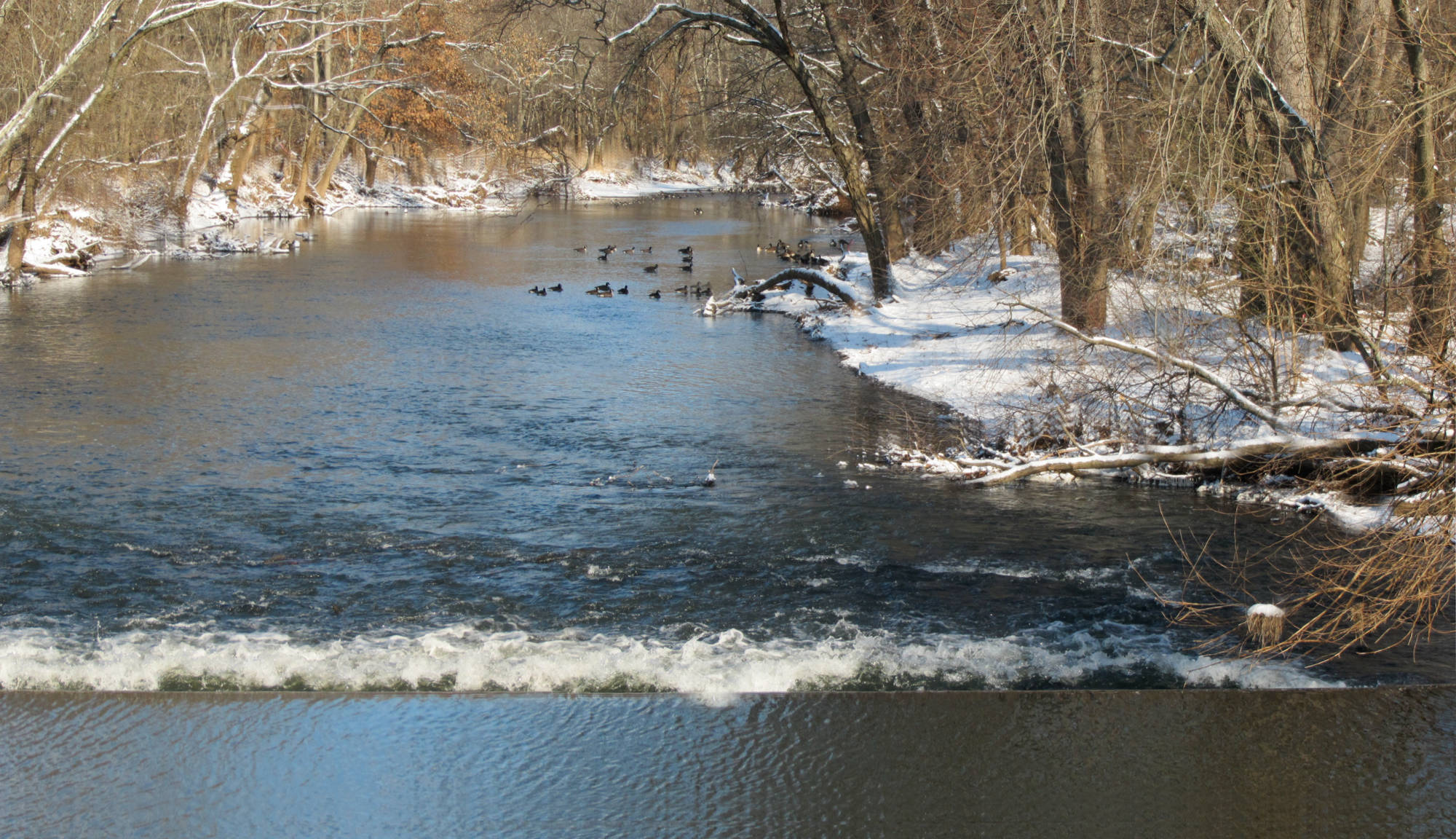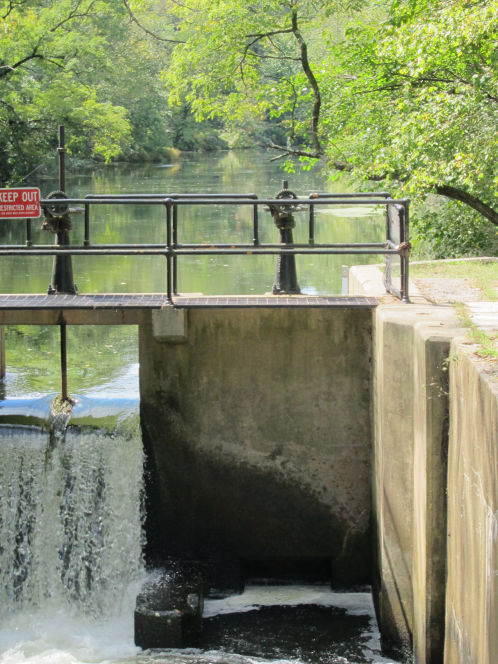
The Delaware and Raritan Canal opened in 1834 and remained in operation until 1932. After the canal ceased operation, it fell into disuse and became threatened by commercial development. In 1973 the NJ State Legislature began to study ways to preserve the 140‐year‐old waterway, and In 1974 most of the canal system was declared a New Jersey State Park. Nearly 36 miles of the main canal and 22 miles of the feeder canal still exist, although the locks are no longer operational. Visitors to the park can enjoy the original waterway, walk and bike on the towpath, and see the remains of the lock system. Many of the original bridge tender and lock tender houses still stand, and some are often open to the public, including the Griggstown bridge tender's house, which operates on weekends as the Visitor Center for the Millstone Valley Scenic Byway.
